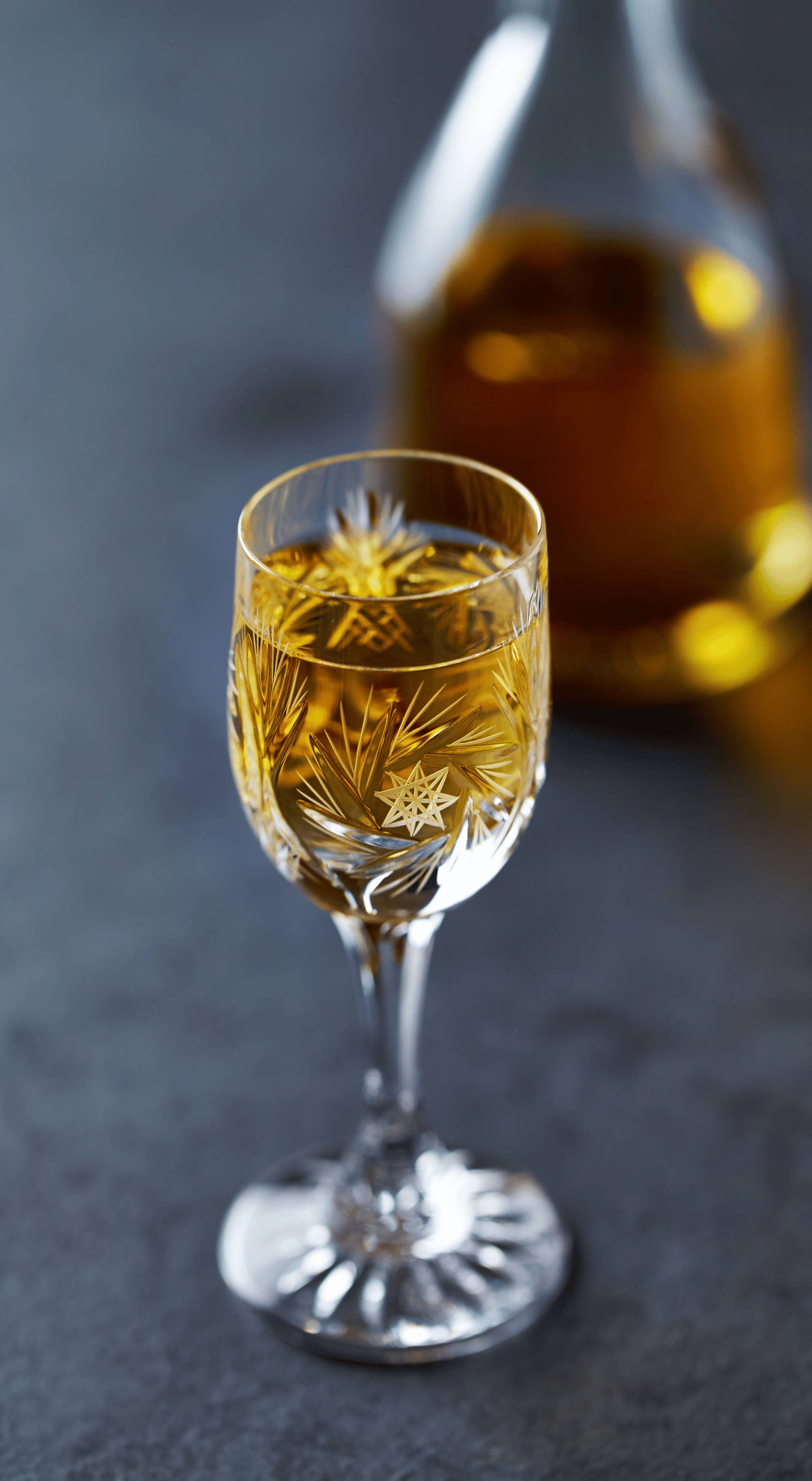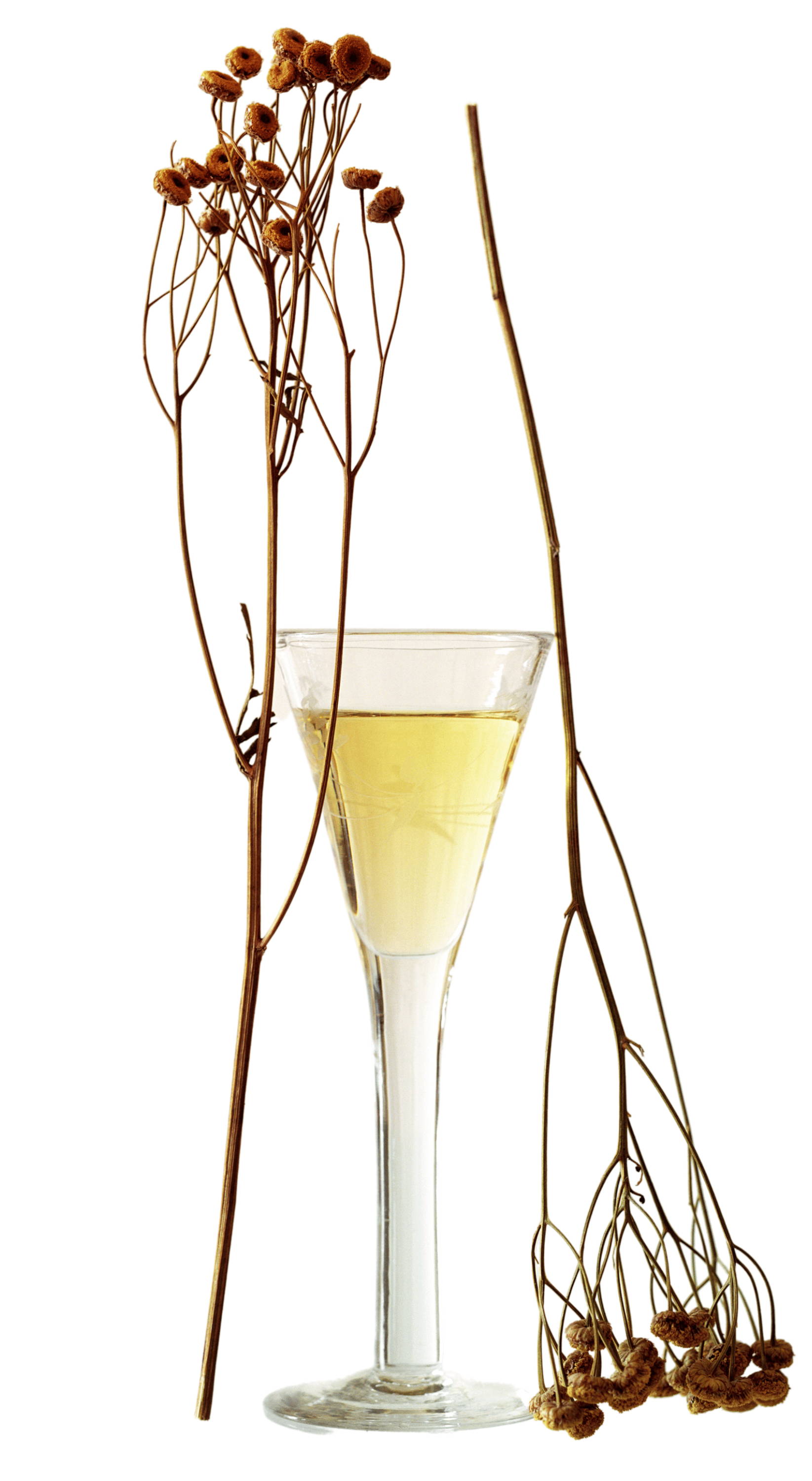LIQUEURS and SCHNAPPS COLLECTION
How Is Liqueur Produced?
Liqueur is a sweet alcoholic beverage that is flavored with fruits, herbs, spices, and other natural or artificial ingredients.
The production process of liqueur varies depending on the type of liqueur being produced, but the basic steps are generally the same.
Choosing the base spirit:
The first step is to choose the base spirit that will be used for the liqueur. Typically, this is a neutral spirit such as vodka or grain alcohol, although some liqueurs may use a more flavourful spirit such as brandy or rum.
Adding flavourings:
Once the base spirit has been chosen, the next step is to add flavourings to the mixture. This can include anything from fruits and herbs to spices and nuts. The flavourings are typically steeped in the spirit for a period of time to allow their flavours to infuse into the alcohol.
Sweetening the mixture:
After the flavourings have been added, the next step is to sweeten the mixture. This is typically done using a sweet syrup made from sugar and water, although other sweeteners such as honey or agave nectar may be used. The amount of sweetener added will depend on the desired sweetness of the final product.
Filtering and aging:
Once the flavourings and sweeteners have been added, the mixture is typically filtered to remove any solids or impurities. Some liqueurs may also be aged in barrels or other containers to allow their flavours to develop further.
Bottling and labeling:
Once the liqueur has been filtered and aged (if necessary), it is bottled and labeled for sale. The bottles may be decorated with labels, foil, or other packaging materials to make them more visually appealing to consumers.
Overall, the process of producing liqueur is a complex and time-consuming one that requires a great deal of skill and expertise to get right. However, when done properly, the result is a delicious and highly prized beverage that is enjoyed by people all over the world.

What is Schnapps and When Do I Drink It?
Schnapps is a type of distilled alcoholic beverage that is popular in many parts of the world.
It is usually made from fruit, but can also be made from other ingredients such as herbs and spices. Schnapps is a versatile drink that can be enjoyed in a variety of ways, but knowing when to drink it can enhance your overall experience.
Traditionally, schnapps is consumed after a meal as a digestif.
This is because the high alcohol content helps to settle the stomach and aid in digestion.
In many European countries, it is customary to serve schnapps at the end of a meal as a way to cleanse the palate and signify the end of the dining experience.
However, schnapps can also be enjoyed as an aperitif, which is a drink consumed before a meal to stimulate the appetite.
A small glass of schnapps before a meal can help to whet your appetite and prepare your taste buds for the flavors to come. A popular aperitif in Germany, for example, is a glass of chilled peach schnapps served with a slice of fresh peach.
Schnapps is also a popular choice during winter.
The warm and comforting flavors of cinnamon, nutmeg, and other spices found in many types of schnapps make it the perfect beverage to sip by the fire on a cold winter night. In some cultures, it is also customary to add a splash of schnapps to hot tea or cocoa for an extra warming boost.
In addition to being a great after-dinner drink, schnapps can also be used in cocktails.
It can add a burst of fruity flavour to a variety of drinks, from margaritas to martinis. In fact, many bartenders use schnapps as a key ingredient in their signature cocktails.
When it comes to serving schnapps, there are a few things to keep in mind.
Firstly, it is best served chilled or at room temperature.
Secondly, it is important to use the correct type of glassware.
Schnapps glasses are typically small, narrow glasses that allow the aromas and flavors of the drink to be fully appreciated.
As you can see, schnapps is a versatile and delicious drink that can be enjoyed in a variety of ways. Whether you prefer it as a digestif, aperitif, or in a cocktail, there is a type of schnapps to suit every taste.
By knowing when to drink schnapps and how to serve it, you can enhance your overall experience and fully appreciate the unique flavours and aromas of this classic spirit.
What Is The Difference Between Liqueur and Schnapps?
Liqueur and schnapps are both types of alcoholic beverages, but they have some key differences in terms of their production, flavour, and alcohol content.
Liqueur:
Liqueurs are sweetened alcoholic beverages that are flavoured with various ingredients such as fruits, herbs, spices, and other natural or artificial flavours.
They are typically made by infusing a base spirit (such as vodka or brandy) with flavourings and sweeteners.
Liqueurs have a relatively high sugar content and a lower alcohol content (usually around 15-30% ABV).
They are often used as aperitifs or digestifs, and are also commonly used in cocktails and desserts.
Schnapps:
Schnapps is a type of distilled spirit that is also flavoured with various ingredients such as fruits, herbs, spices, or other natural or artificial flavors.
Unlike liqueurs, schnapps is produced by distillation rather than infusion.
Schnapps typically has a higher alcohol content than liqueurs (usually around 30-40% ABV).
Schnapps can be either sweet or dry, depending on the type of ingredients used in the production process.
Schnapps are often consumed as a shot or mixed in cocktails.
So, the main difference between liqueurs and schnapps is that liqueurs are sweetened and flavoured by infusion, while schnapps is flavoured by distillation and can be either sweet or dry. Additionally, liqueurs have a lower alcohol content and are often used as mixers or after-dinner drinks, while schnapps has a higher alcohol content and is often consumed as a shot.
How Is Schnapps Produced?
Schnapps is a type of distilled spirit that is typically made from a fermented fruit base such as apples, pears, plums, cherries, or apricots. The production process for schnapps involves several steps:
Fermentation:
The first step in making schnapps is to ferment the fruit base.
This involves crushing the fruit and allowing it to sit for a period of time to allow natural yeast to begin the fermentation process. In some cases, commercial yeast may be added to ensure a consistent fermentation.
Distillation:
Once the fruit base has fermented, it is distilled in a still to separate the alcohol from the fermented fruit solids. The alcohol vapours are then condensed and collected, while the solids are discarded.
Flavouring: After distillation, the schnapps is typically flavored with various ingredients such as herbs, spices, or other natural or artificial flavours. The flavoring ingredients are often steeped in the distilled alcohol for a period of time to allow their flavours to infuse into the spirit.
Dilution:
Once the flavouring process is complete, the schnapps is typically diluted with water to reduce its alcohol content and achieve the desired strength. The amount of water added will depend on the desired alcohol content and flavour profile of the final product.
Aging:
Some types of schnapps may be aged in barrels or other containers to allow their flavours to develop further. However, other types of schnapps may be bottled immediately after dilution and flavouring.
Overall, the production process for schnapps is a complex and time-consuming one that requires a great deal of skill and expertise to get right. The final product can vary widely in terms of flavour, alcohol content, and quality depending on the specific methods and ingredients used in the production process.

Liquid Elixir: The Sweet Saga of Liqueurs
Liqueurs are a distinct genre of spirits known for their sweet taste and often, a rich history rooted in ancient practices.
Encompassing a broad spectrum of flavours and ingredients, liqueurs have transitioned from medicinal tonics to celebrated constituents of modern mixology.
This journey unfolds through time, traversing through monasteries, royal courts, and ultimately, the shelves of our local bars.
The Medicinal Genesis
Liqueurs trace their origin back to the ancient civilizations of the Egyptians and Greeks, who initially created alcohol infused with herbs and spices for medicinal purposes. However, it was during the medieval era that monks and apothecaries across Europe refined the distillation techniques, creating herb-infused spirits intended to treat ailments and promote longevity.
Rise to Aristocratic Reverence
The art of creating liqueurs reached aristocratic circles by the Renaissance period.
The sweet elixirs became coveted items within royal courts and among the nobility.
Recipes were closely guarded secrets, and the possession of exotic liqueurs signified wealth and sophistication.
Spread and Specialisation
As distillation technology improved and trade routes expanded, a plethora of ingredients became available to liqueur makers.
Each region began developing its unique liqueurs, often reflective of local agricultural produce. Whether it was the limoncello of Italy, the Cointreau of France, or the Baileys of Ireland, the array of liqueurs expanded, captivating palates across Europe.
Global Admiration and Mixology Marvel
The 19th and early 20th centuries saw liqueurs becoming essential components in the burgeoning world of mixology.
The crafting of cocktails rose to an art form, with liqueurs providing a rich palette of flavors for innovative concoctions.
Iconic cocktails such as the Margarita, Cosmopolitan, and Kir Royale owe their allure to the sweet charm of liqueurs.
Contemporary Craftsmanship
The recent craft spirits movement has rejuvenated interest in traditional liqueur-making.
Modern-day enthusiasts and distillers are exploring both historical recipes and novel formulations. Liqueurs today are appreciated for their ability to embody complex flavor profiles and their versatile role in the ever-evolving cocktail culture.
The journey of liqueurs from ancient apothecaries to modern bars is a captivating tale of innovation, tradition, and cultural exchange.
The sweet elixirs, once deemed medicinal, now toast to our celebrations and whisper history in every sip. As we look forward to more imaginative liqueurs and cocktail concoctions, we also honour a rich and flavourful past that continues to enrich our spirited experiences.
